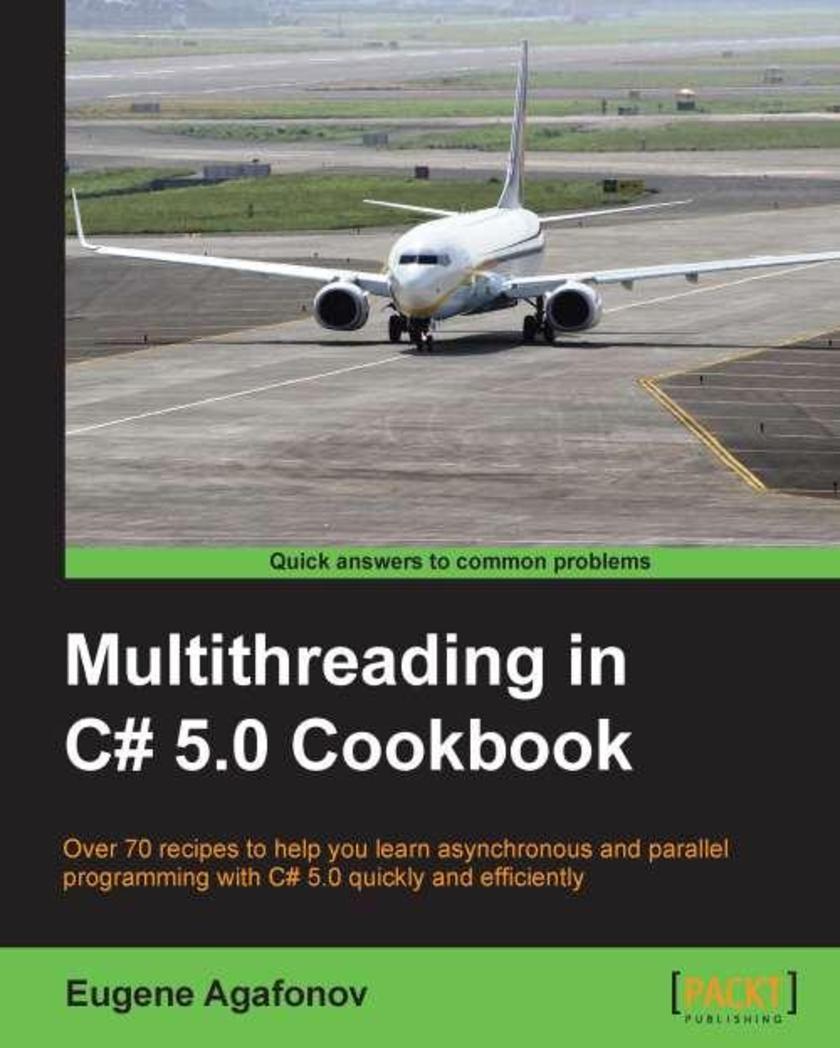
Multithreading in C# 5.0 Cookbook
¥90.46
Cookbook.Multithreading in C# 5.0 Cookbook is written for existing C# developers who want a complete, professional, and authoritative guide to multithreading. You don’t need any experience with multithreaded programming to use this book.
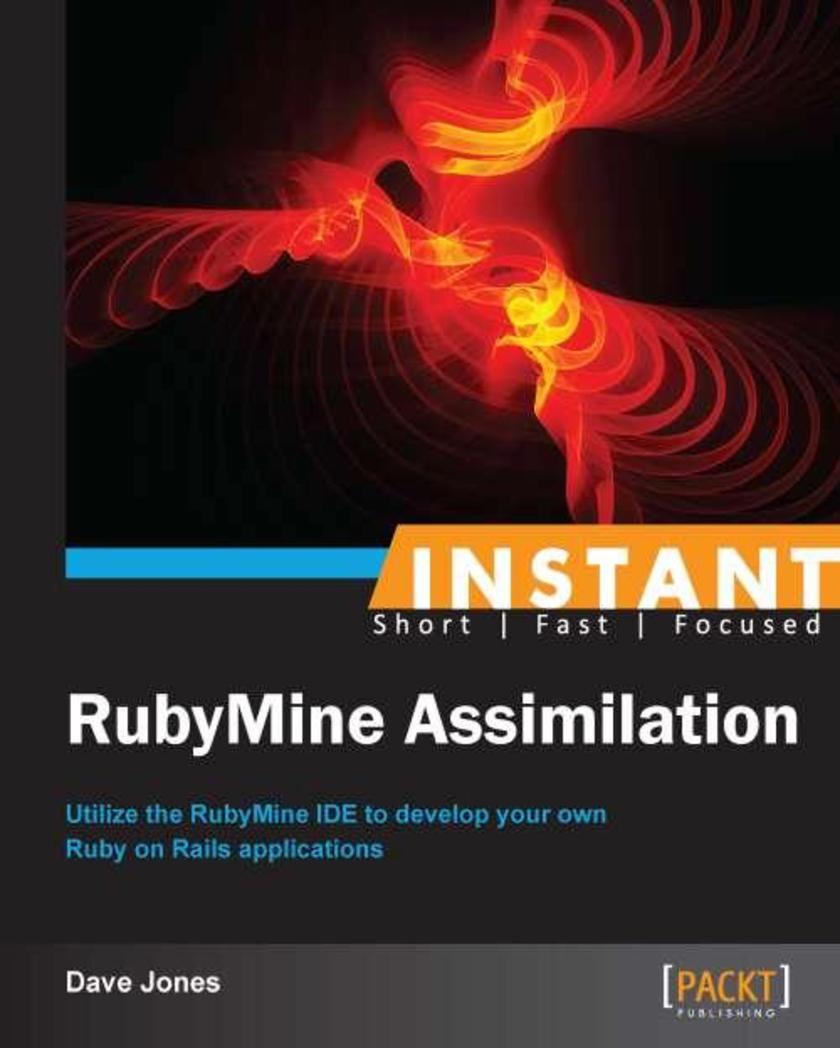
Instant RubyMine
¥45.77
Filled with practical, step-by-step instructions and clear explanations for the most important and useful tasks. Get the job done and learn as you go. A practical guide comprising of easy-to-follow recipes which provide concise and clear steps to help you enter the world of RubyMine.Instant RubyMine is ideal for you, if you are new to RubyMine or well acquainted with the technology. All you need is basic knowledge of writing in Ruby or Ruby on Rails.

Learning Bing Maps API
¥63.21
This is a practical, hands-on guide with illustrative examples, which will help you explore the vast universe of Bing maps.If you are a developer who wants to learn how to exploit the numerous features of Bing Maps then this book is ideal for you. It can also be useful for more experienced developers who wish to explore other areas of the APIs. It is assumed that you have some knowledge of JavaScript, HTML, and CSS. For some chapters a working knowledge of .Net and Visual Studio is also needed.
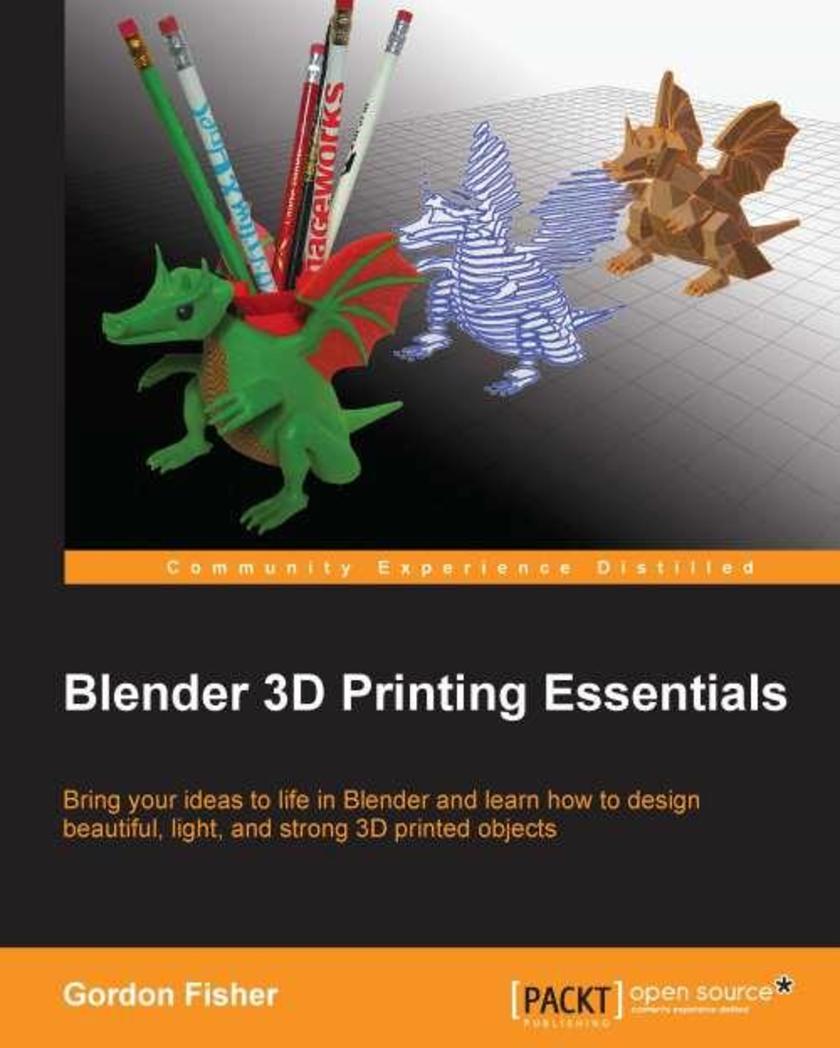
Blender 3D Printing Essentials
¥63.21
This book adopts a practical approach, with the use of step-by-step instructions to help guide readers. There are lots of screenshots covering each and every step needed to design a high-quality model in Blender for 3D printing.If you are a Blender user or someone who wants to use Blender to make 3D objects suitable for 3D printing, this book is ideal for you. You should already be comfortable with basic modeling in Blender - including using modifiers - although advanced skills are not required. All of the models that you will need are explored in-depth. This book does not assume that you will use any specific printer and teaches the general principles common to building models for most printers. It also gives you tips on discovering the requirements of the specific printer you will be using.
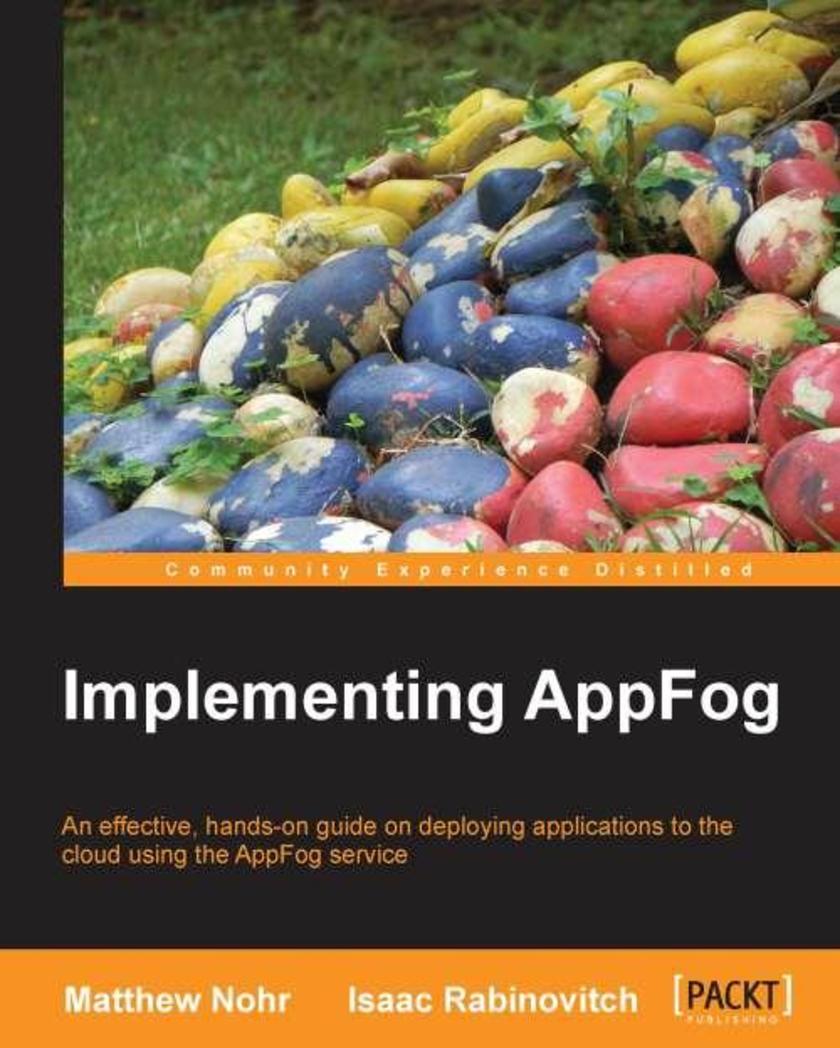
Implementing AppFog
¥54.49
This book is a practical, hands-on guide to implementing and deploying apps on the AppFog platform.Implementing AppFog is for developers who want to be able to upload applications to the cloud, and for implementation specialists, who implement and deploy apps on the AppFog platform. It is best to have Ruby installed, but we will walk you through the installation process if you do not already have it. It would be ideal to have some knowledge of cloud computing and know about the basics of database and network deployment.
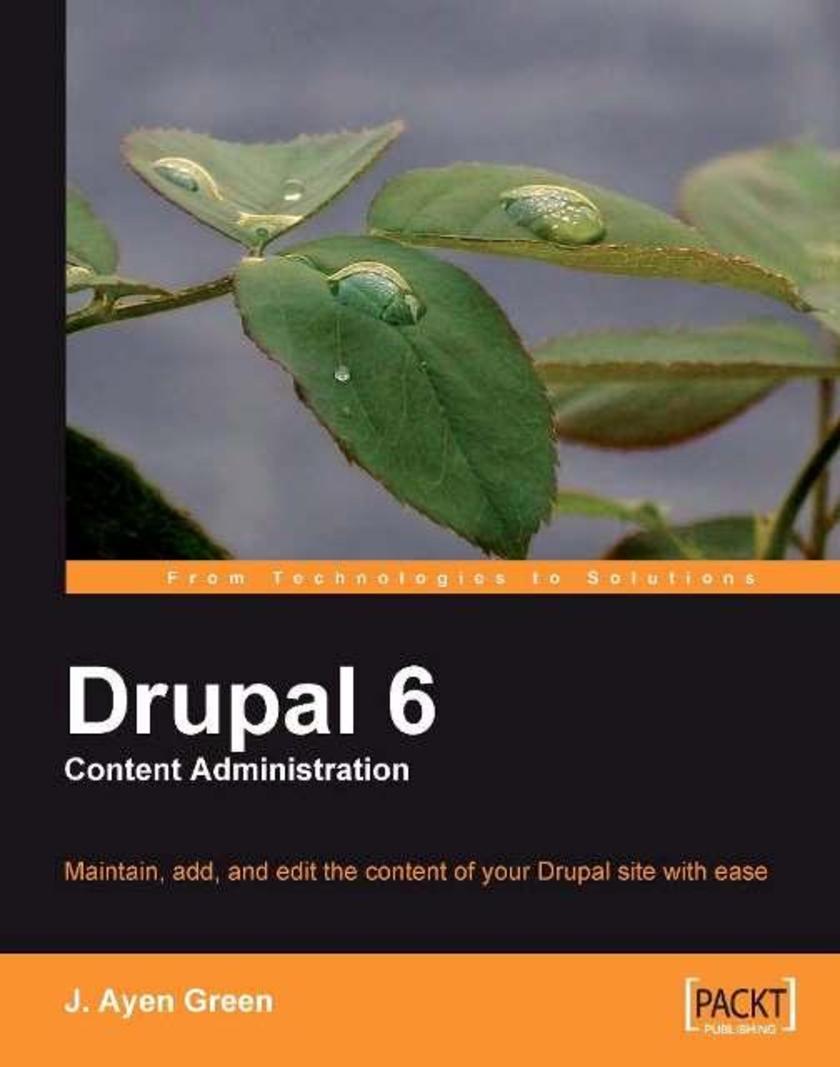
Drupal 6 Content Administration
¥71.93
This is a fun, informative, hands-on learning guide that uses an actual case study. In an interactive and informal manner, this guide presents purposeful examples that continue to build on each other. Clear, concise instructions and practical examples mean you can learn quickly how to take care of the content in your Drupal site. This book is designed for those who run the site day-to-day but didn't set it up, and aren't necessarily that well versed in Drupal or web technologies. You could be a content editor, proofreader, graphic artist, feature editor, or anyone else concerned with managing content on a Drupal installation.
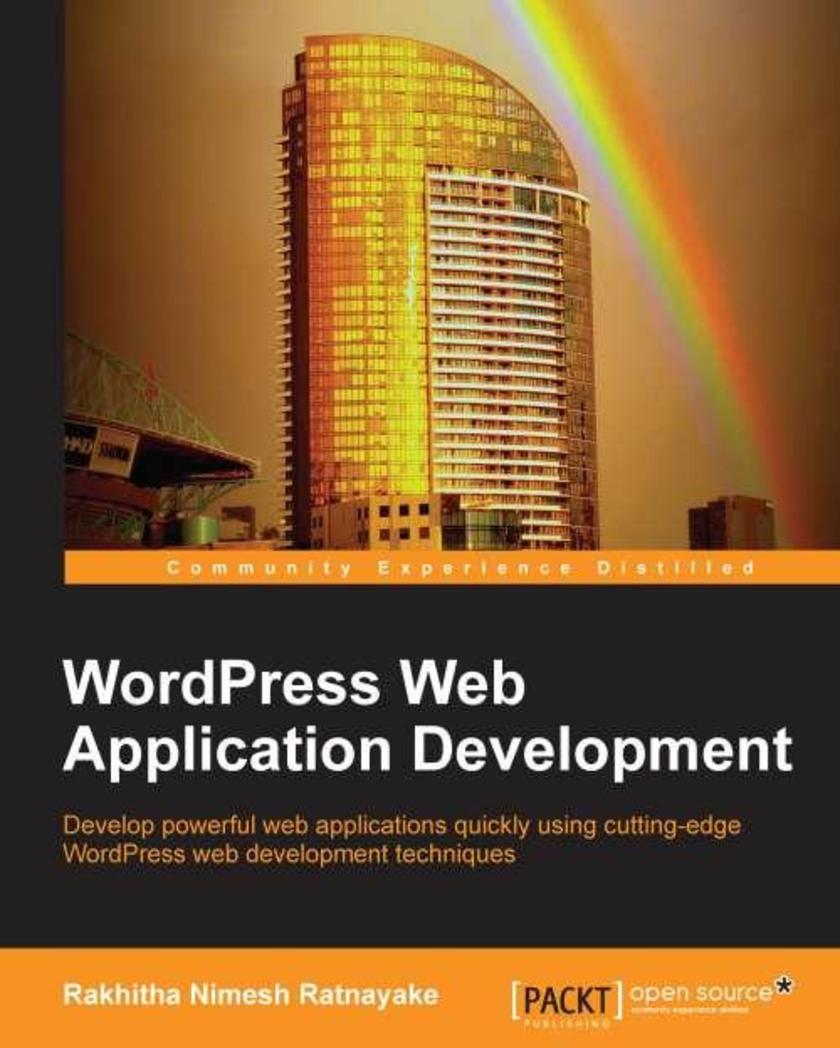
WordPress Web Application Development
¥80.65
An extensive, practical guide that explains how to adapt WordPress features, both conventional and trending, for web applications.This book is intended for WordPress developers and designers who have the desire to go beyond conventional website development to develop quality web applications within a limited time frame and for maximum profit. Experienced web developers who are looking for a framework for rapid application development will also find this to be a useful resource. Prior knowledge with of WordPress is preferable as the main focus will be on explaining methods for adapting WordPress techniques for web application development rather than explaining basic skills with WordPress.
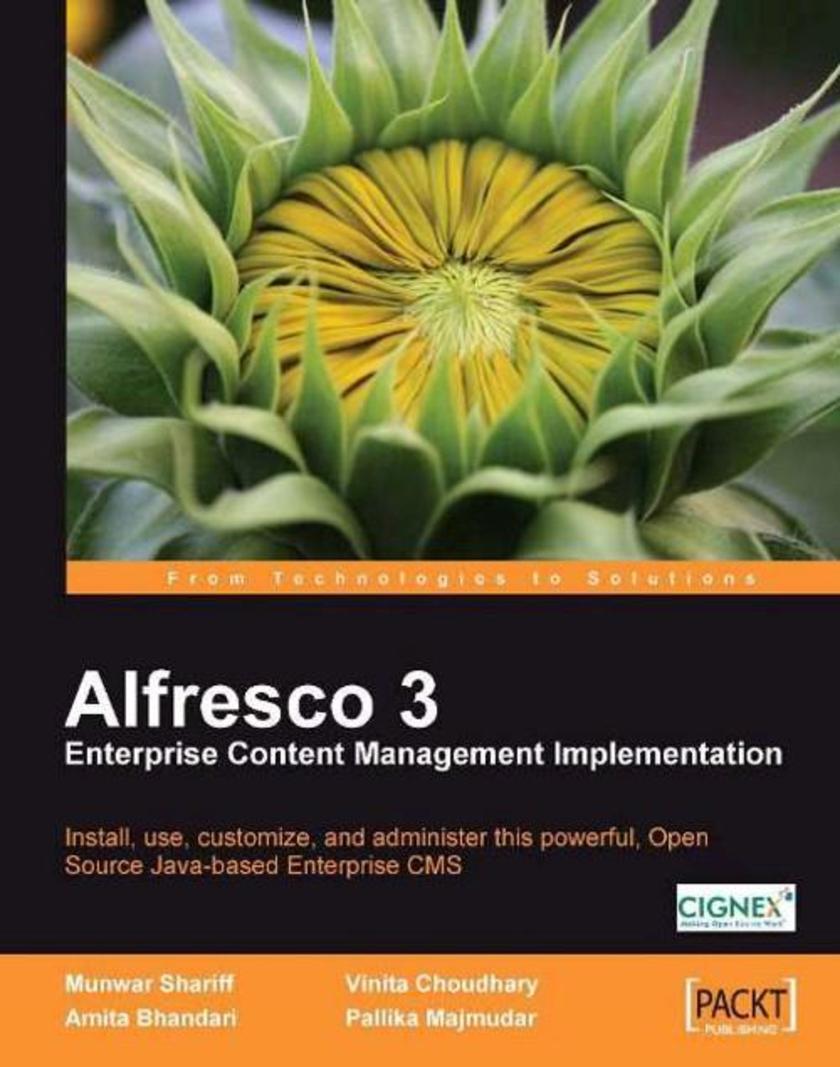
Alfresco 3 Enterprise Content Management Implementation
¥107.90
Munwar Shariff is an experienced software trainer for CIGNEX Technologies Inc. He has trained many users, administrators, and developers in Alfresco and many other CMS systems. This book distils the hands-on approach of his training courses into a concise, practical book. The emphasis is on getting up and running fast and discovering the scope and power of Alfresco 3 incrementally through practical examples. This book is designed for system administrators, experienced users, and business owners who want to install and use Alfresco in their teams or businesses. Because Alfresco is free, many teams can install and experiment with its ECM features without any upfront cost, often without management approval. The book assumes a degree of technical confidence but does not require specialist system administration or developer skills to get a basic system up and running. Alfresco is particularly suitable for IT consultants who want or need to set up a flexible enterprise content management system for their clients, be that for demonstration, development, or as a mission-critical platform. This book gets you to that result quickly and effectively. Though this book is not a developer guide, various examples in the book will help developers to extend Alfresco functionality and to integrate Alfresco with external systems.
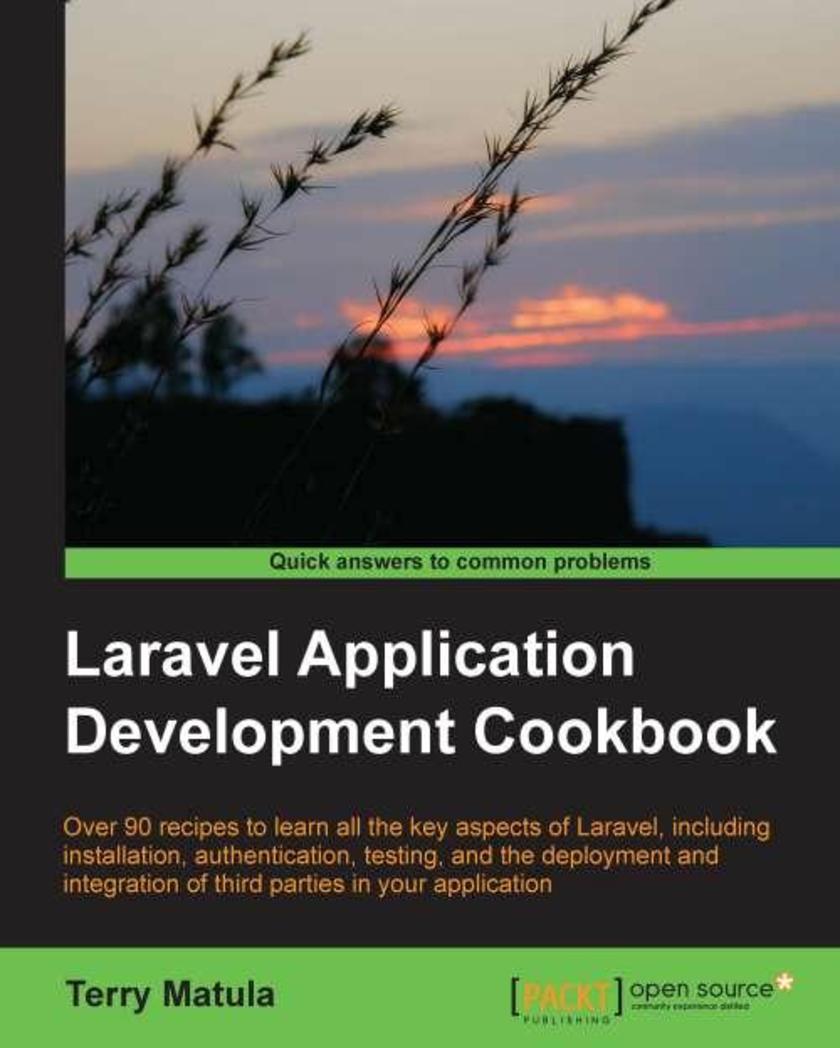
Laravel Application Development Cookbook
¥80.65
Get to grips with a new technology, understand what it is and what it can do for you, and then get to work with the most important features and tasks.A short and precise guide to get you started with EaselJS , helping you to create some cool applications and games.EaselJS greatly simplifies application development in HTML5 Canvas using a syntax and an architecture very similar to the ActionScript 3.0 language. As a result, Flash / Flex developers will immediately feel at home but it’s very easy to learn even if you've never opened Flash in your life. The book targets Web designers, animators, Digital content producers, and Flash and Flex developers.
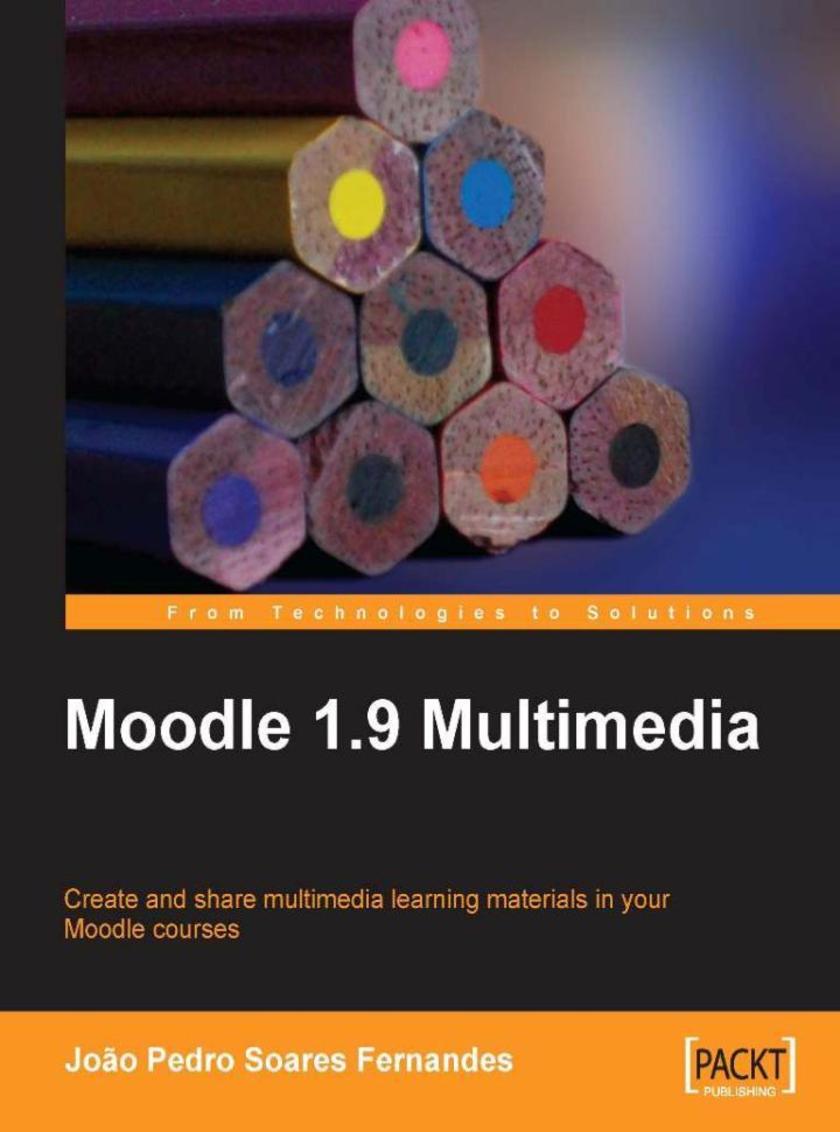
Moodle-1.9-multimedia
¥80.65
The book is written in a tutorial style where you work through examples that describe how you can create multimedia applications using Moodle and integrate your existing multimedia resources into your Moodle course. It also tells you how to use multimedia effectively giving ideas and best practices. The book is primarily aimed at teachers and trainers who run professional courses and have experience in the use of Moodle. At the same time, it is not necessary to have an advanced technical background to create multimedia elements, as the tasks will be simple and as little time consuming as possible, relevant to everyday use.
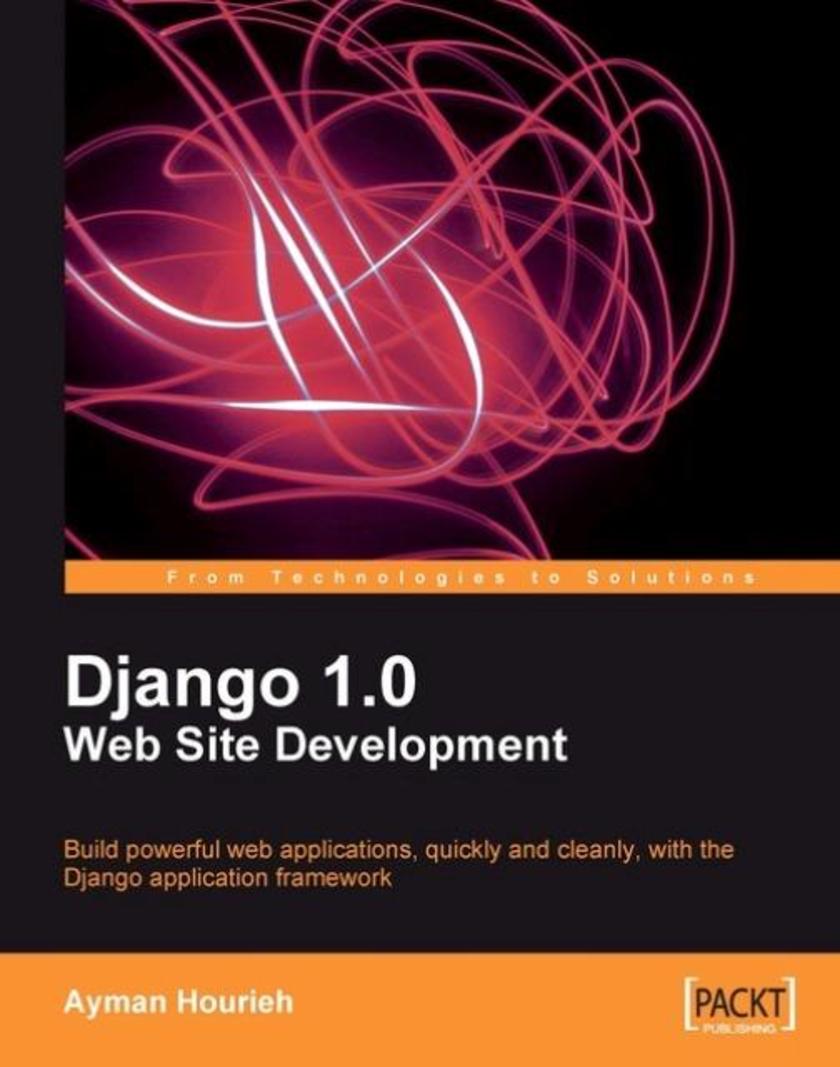
Django 1.0 Website Development
¥71.93
The simple and clear approach is ideal for beginners to Django. Packed with examples and screenshots, this book will help you learn the features of Django 1.0 and help you build a dynamic website using those features. This book is for web developers who want to learn to build a complete site with Web 2.0 features, using the power of a proven and popular development system, Django, but do not necessarily want to learn how the complete framework functions in order to do this. Basic knowledge of Python development is required for this book, but no knowledge of Django is expected.
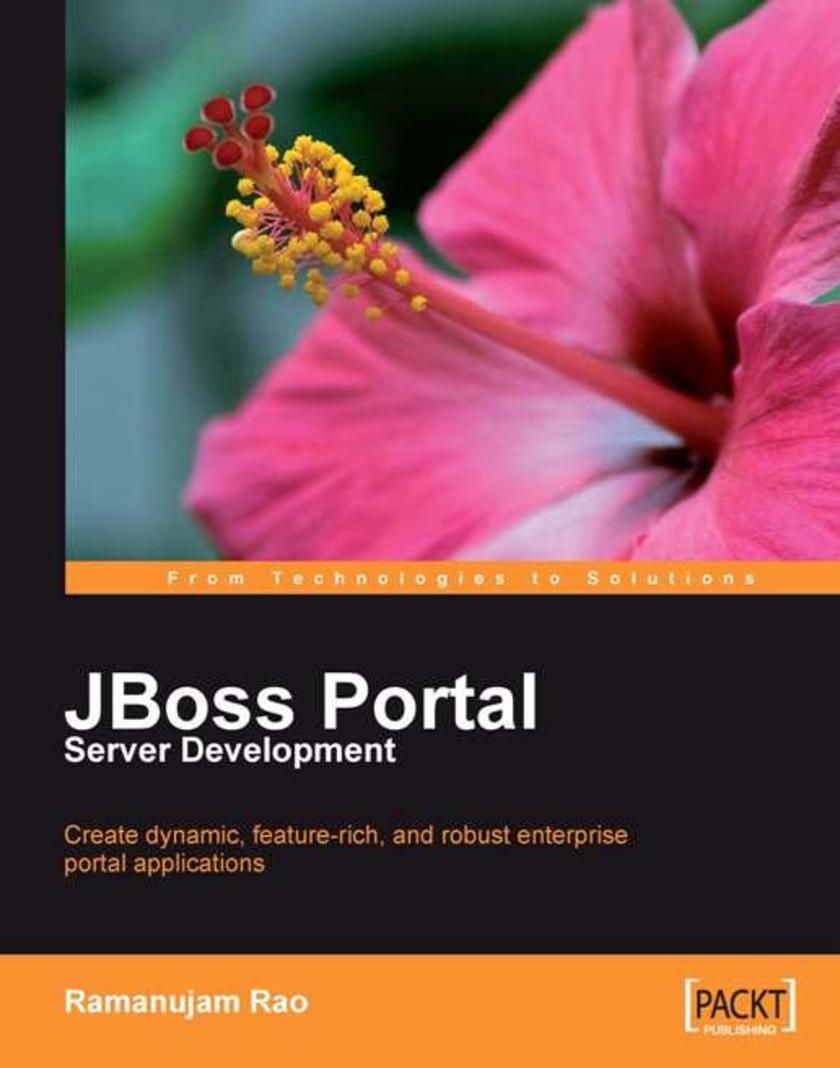
JBoss Portal Server Development
¥71.93
The book is written from a developer perspective and uses an example-driven approach with extensive code samples on each topic, for easy understanding and learning. It starts with some basic concepts of portals, before going into the features and implementation of JBoss Portal and eventually discussing some concepts for advanced use. Each chapter provides a blend of just enough basic concepts to start building applications and detailed configurations for reference. This book is for portal developers, portal administrators, designers and architects working on the Java platform, who want to build web portal solutions. The book doesn't expect an expert knowledge of portal or JEE technologies, but does presume a basic understanding of web technologies and the Java/JEE platform. However, the concepts are lucid enough that any competent developer can easily find immediate value in the book and start creating dynamic portal applications.

Django 1.0 Template Development
¥71.93
This book is designed for readers who learn by doing and employs many examples and screenshots to let the reader dig in and start coding. This book isn't designed to be a reference; instead it has a practical, example-driven approach that teaches you by following along with the examples in the chapters. When you have completed this book, you will fully understand how the template system works, how to extend it when you have specialized needs, and how to optimize the performance and usability of your content. This book is for web developers and template authors who want to fully understand and utilize the Django template system. The reader should have completed the introductory tutorials on the Django project's website and some experience with the framework will be very helpful. Basic knowledge of Python and HTML is assumed.
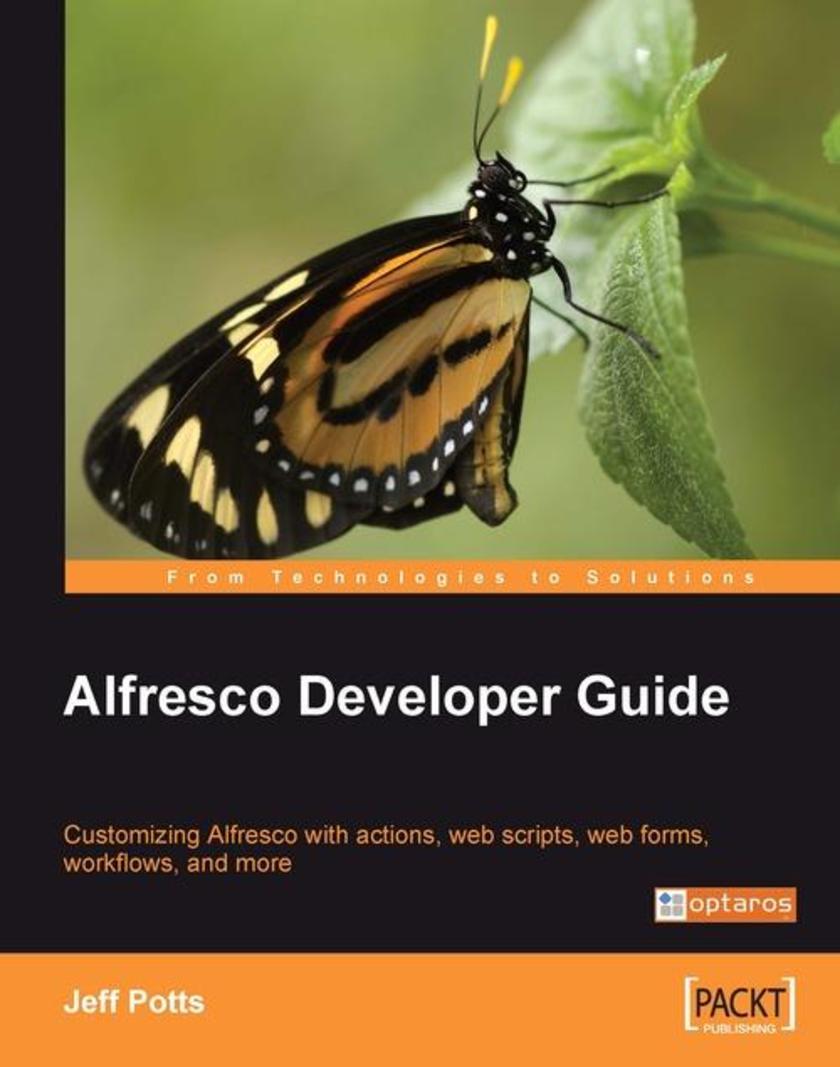
Alfresco Developer Guide
¥107.90
This book focuses on teaching by example. Every chapter provides a bit of an overview, and then dives right in to hands-on examples so you can see and play with the solution in your own environment. All code samples run on both the latest Enterprise and Labs release. This book will be most useful to developers who are writing code to customize Alfresco for their organization or who are creating custom applications that sit on top of Alfresco. This book is for Java developers, and you will get most from the book if you already work with Java but you need not have prior experience on Alfresco. Although Alfresco makes heavy use of open source frameworks such as Spring, Hibernate, JavaServer Faces, and Lucene, no prior experience using these is assumed or necessary.
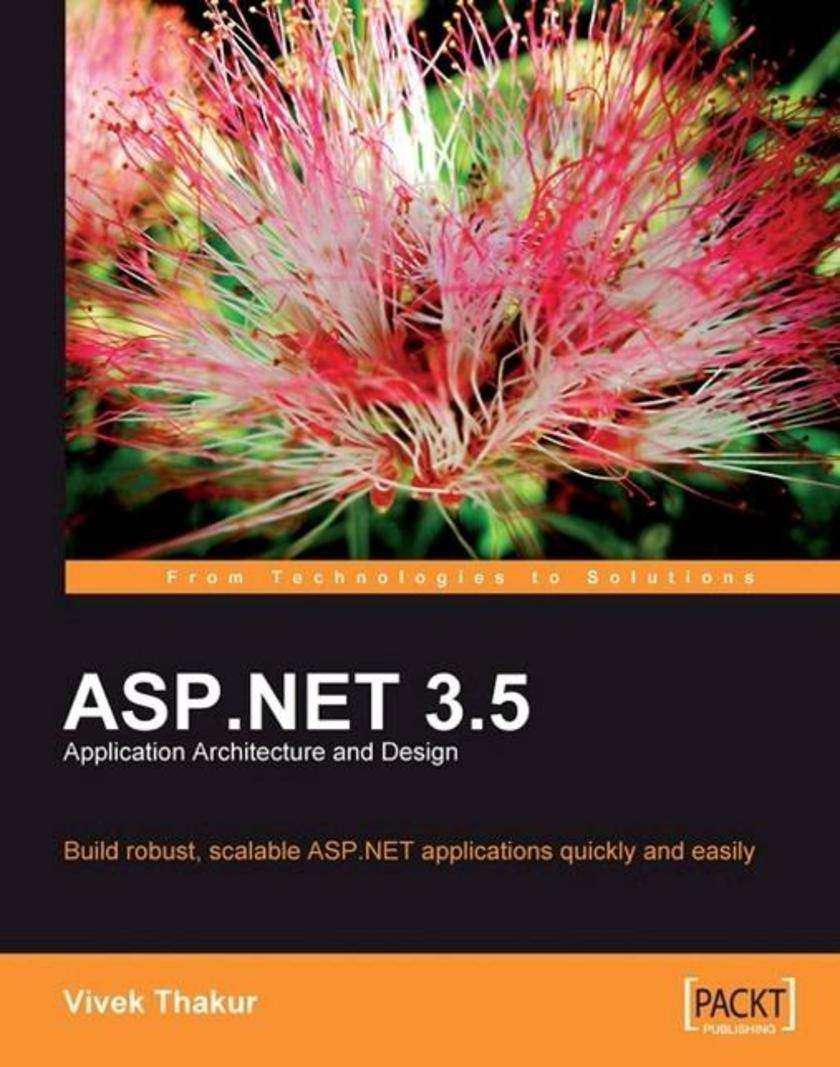
ASP.NET 3.5 Application Architecture and Design
¥71.93
This is a practical hands-on book with clear instructions and lot of code examples. It takes a simple approach, guiding you through different architectural topics using realistic sample projects. A single project is implemented using different architectural styles to make the reader understand the details of each style. There are also many small independent code samples to explain design patterns, WCF, and localization. This book is for people familiar with the ASP.NET framework using either C# or VB.NET. You don?t need to be an ASP.NET guru “ the book is ideal for novice and intermediate developers. If reading about application architecture usually confuses you or sends you to sleep, then this book will be perfect for you! In short, any ASP.NET programmer who is confused or disoriented reading different books or materials on architectures wondering how and what to implement in their application, will definitely benefit from this book!
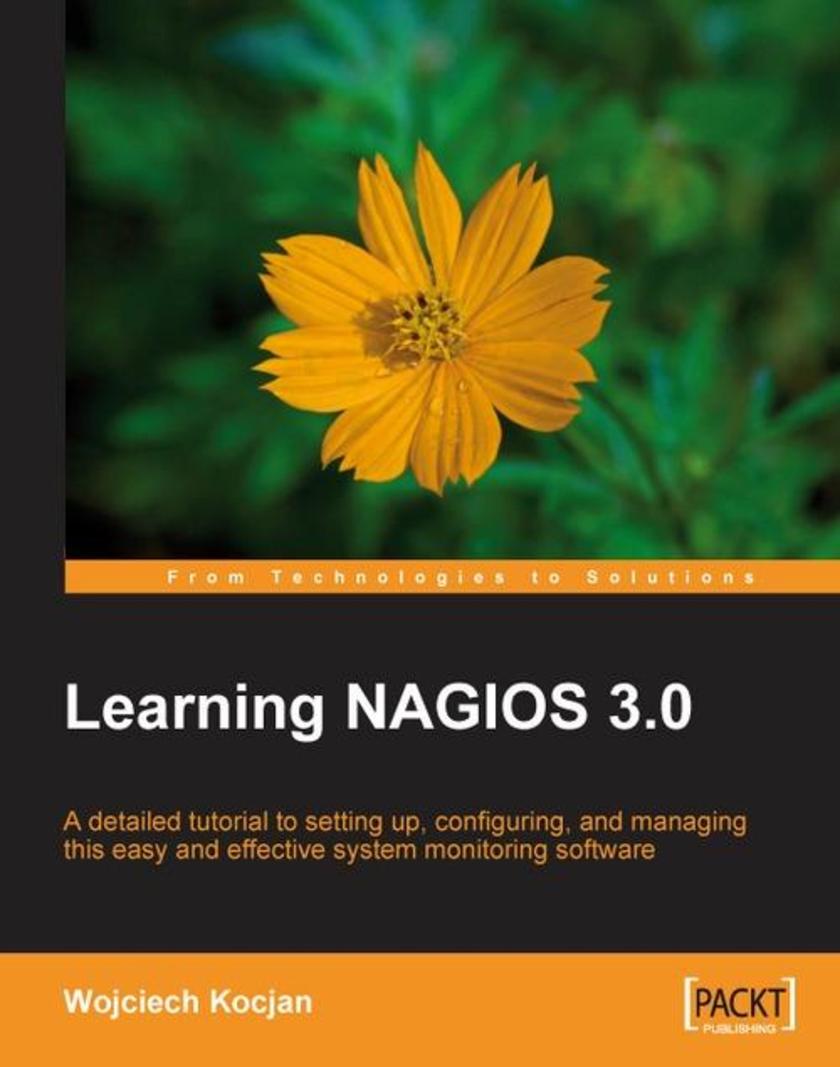
Learning Nagios 3.0
¥71.93
This is a beginner-level book, which will introduce Nagios to System Administrators who are interested in monitoring their systems. The focus is on teaching system administrators to secure their systems in a much improved manner incorporating the newer features of Nagios. It will teach Nagios beginners the basics of installation and configuration of version 3; it will show professionals who have already worked on earlier versions of Nagios the new features of Nagios like inheritance and also the new internal functions like better check scheduling. The target readers for this book are System Administrators interested in using Nagios. This book will introduce Nagios with the new features of Version 3 for System Administrators.

Joomla! Web Security
¥71.93
This book will give you a strong, hands-on approach to security. It starts out with the most basic of considerations such as choosing the right hosting sites then moves quickly into securing the Joomla! site and servers. This is a security handbook for Joomla! sites. It is an easy-to-use guide that will take you step by step into the world of secured websites. This book is a must-read for anyone seriously using Joomla! for any kind of business, ranging from small retailers to larger businesses. With this book they will be able to secure their sites, understand the attackers, and more, without the drudging task of looking up in forums, only to be flamed, or not even find the answers. Prior knowledge of Joomla! is expected but no prior knowledge of securing websites is needed for this book. The reader will gain a moderate to strong level of knowledge on strengthening their sites against hackers.
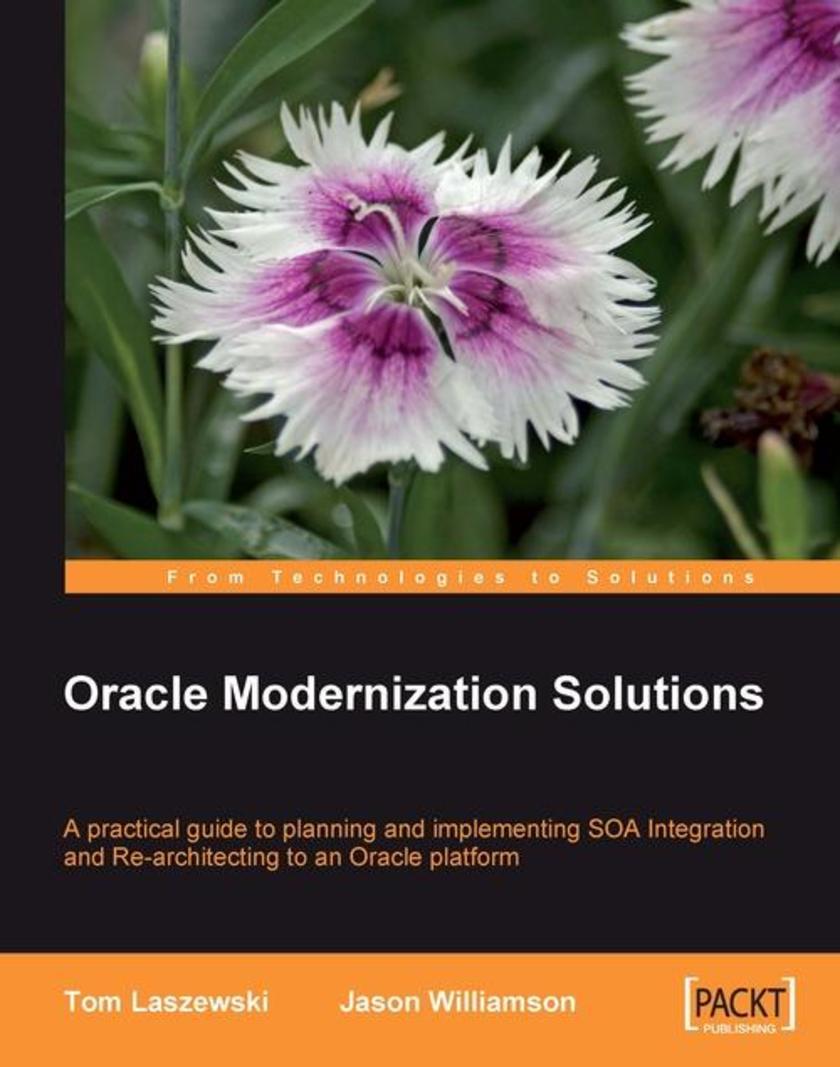
Oracle Modernization Solutions
¥107.90
This book combines case studies with practical examples of how to implement modernization techniques using Oracle (and partner) products to modernize to the Oracle Platform. The book also weighs the pros and cons of specific modernization use cases. Finally, we explore some of the emerging trends in technology and how they apply to legacy modernization. Legacy system architects, project managers, program managers, developers, database architects and decision makers who own mainframe and heterogeneous systems, and are tasked with modernization will all find this book useful. The book assumes some knowledge of mainframes, J2EE, SOA, and Oracle technologies. The reader should have some background in programming and database design.

Object-Oriented JavaScript
¥71.93
The book requires no prior knowledge of JavaScript and works from the ground up to give you a thorough grounding in this powerful language. If you do already know some JavaScript, you will find plenty of eye-openers as you discover just what the language can do. This book takes a do-it-yourself approach when it comes to writing code, because the best way to really learn a programming language is by writing code. You are encouraged to type code into Firebug's console, see how it works and then tweak it and play around with it. There are practice questions at the end of each chapter to help review what you have learned.
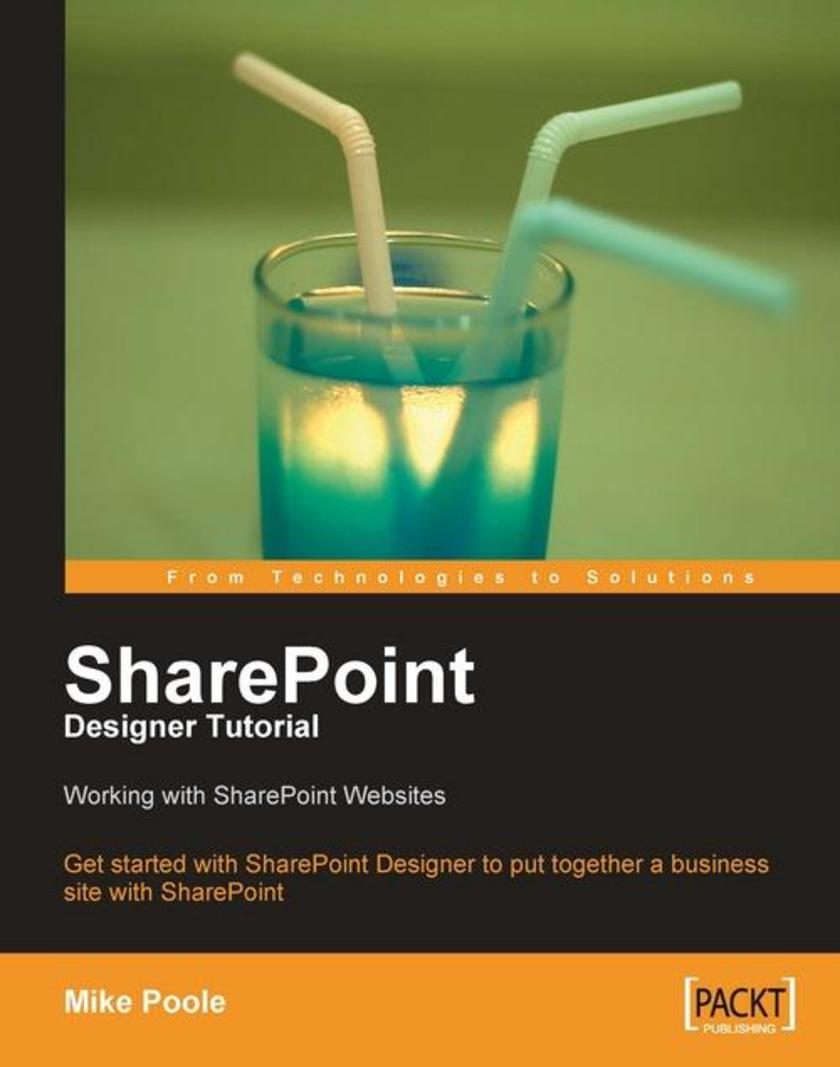
SharePoint Designer Tutorial: Working with SharePoint Websites
¥63.21
This book takes you through the development of a SharePoint site for a wine business. The development involves adding features to the site using SharePoint Designer, and for each of these features you will find screenshots and easy to follow instructions. This book is ideal for people new to SharePoint Designer who need to put together a working SharePoint site as quickly as possible. No experience of SharePoint Designer is expected, and no skill with creating SharePoint sites is assumed.
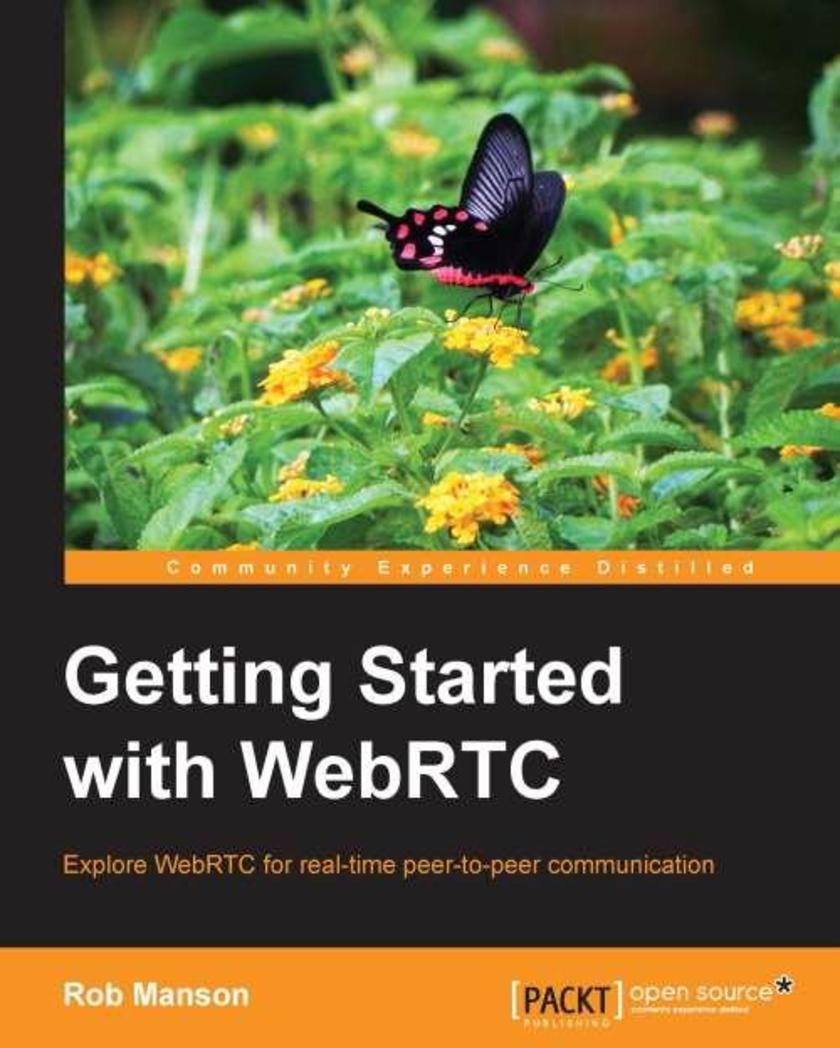
Getting Started with WebRTC
¥59.94
The book will follow a step-by-step tutorial approach to construct an application that allows video conferencing and calls between two browsers and a system for sharing files among a group.This book is ideal for developers new to the WebRTC standards who are interested in adding sensor-driven, real-time, peer-to-peer communication to their web applications. You will only need basic experience with HTML and JavaScript.




 购物车
购物车 个人中心
个人中心



